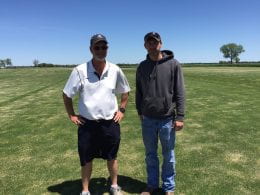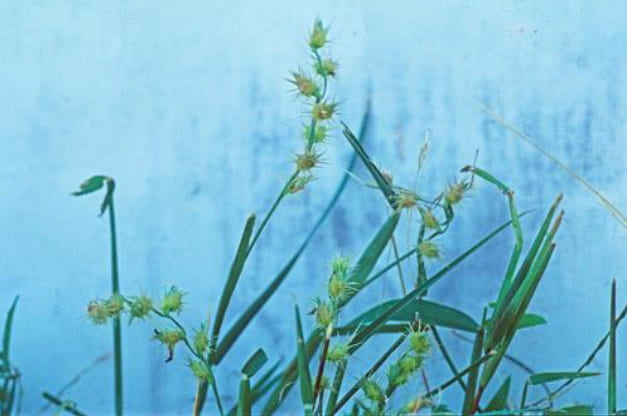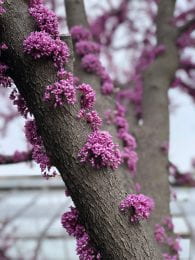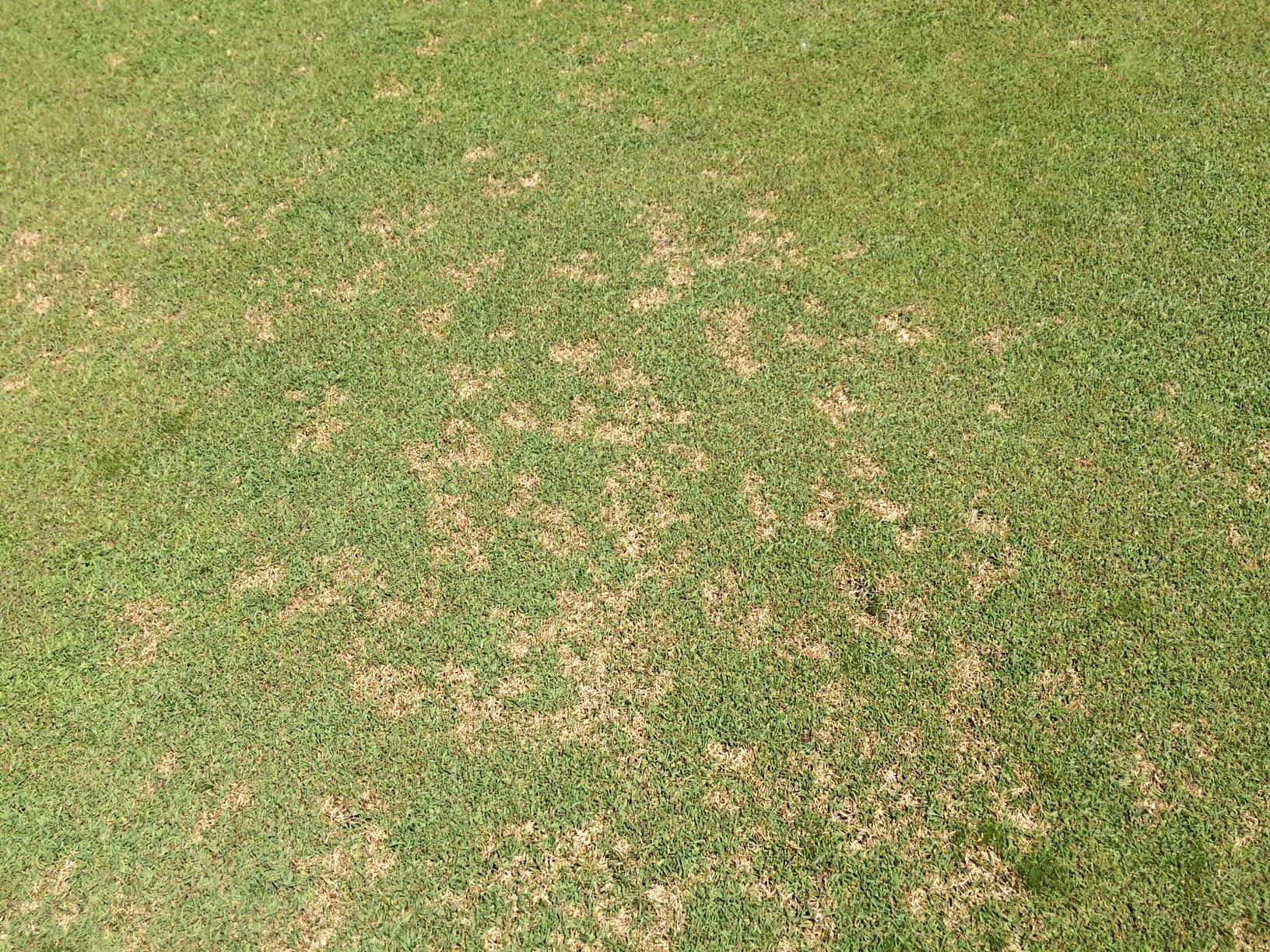By: Dr. Jack Fry
Meyer Winter Injury
Significant winter injury has occurred on Meyer zoysia throughout the Kansas City area on golf courses – some have suffered more than others. The injury is most pronounced in the following areas:
- Turf exposed to tree shade (even moderate levels from trees casting shadows from the rough)
- High traffic areas
- Areas that don’t drain well
We often try to compare differences among courses and determine why one course had better winter zoysia survival than other. Ultimately, it seems that cultural practices have less of an impact on the freezing injury observed than the environment in which the zoysia is growing. The above stresses can be matched directly with plant metabolism:
1) Shade – more light allows higher levels of photosynthesis and carbohydrate production, which is critical to winter survival;
2) Traffic – less compaction allows more oxygen in the soil and more root respiration and growth – high traffic reduces soil oxygen;
3) Drainage – areas that collect water also have lower soil oxygen levels and poor root growth. In addition, plants growing in saturated areas are subject to crown hydration freezing injury – crowns fully hydrated don’t tolerate low temperatures well.  Methods for correcting the above are straight forward, but implementing the changes can be difficult – politically and financially: removing or thinning trees, redirecting traffic, correcting drainage issues. If nothing else, the zoysia injury is indicating to turf managers where the problem areas are on the golf course.
Methods for correcting the above are straight forward, but implementing the changes can be difficult – politically and financially: removing or thinning trees, redirecting traffic, correcting drainage issues. If nothing else, the zoysia injury is indicating to turf managers where the problem areas are on the golf course.
Pictured above: Zoysia grown in high traffic areas in more prone to winter injury, such as this area surrounding a putting green where golfers enter and exit.
Innovation Zoysia is on the Market
Innovation zoysia, the new cultivar developed cooperatively by K-State and Texas A&M is on the market. Ted Wilbur, owner of Sod Shop in Wichita, recently cut and sold the first Innovation sod in the U.S.. He currently has about 25 acres in production – some is available now, some will be available later this summer.
Compared to Meyer zoysia, Innovation has:
- Darker green color
- Higher density
- Finer texture
- Fewer and smaller seedheads
- Better billbug resistance
- Freezing tolerance that is equivalent
Find more about Innovation here: https://sodsolutions.com/industry/innovation-zoysia/
Interested in ‘Innovation’? Reach out to Sod Shop in Wichita: (316) 838-5888


Pictured above on left: Ted Wilbur (left) and Travis Achilles (right) with Sod Shops in Wichita, KS have cooperated with K-State in the production of ‘Innovation’ zoysiagrass. Pictured above on right: The first ‘Innovation’ sod was cut and delivered to Hesston, KS for use at a local water park.













